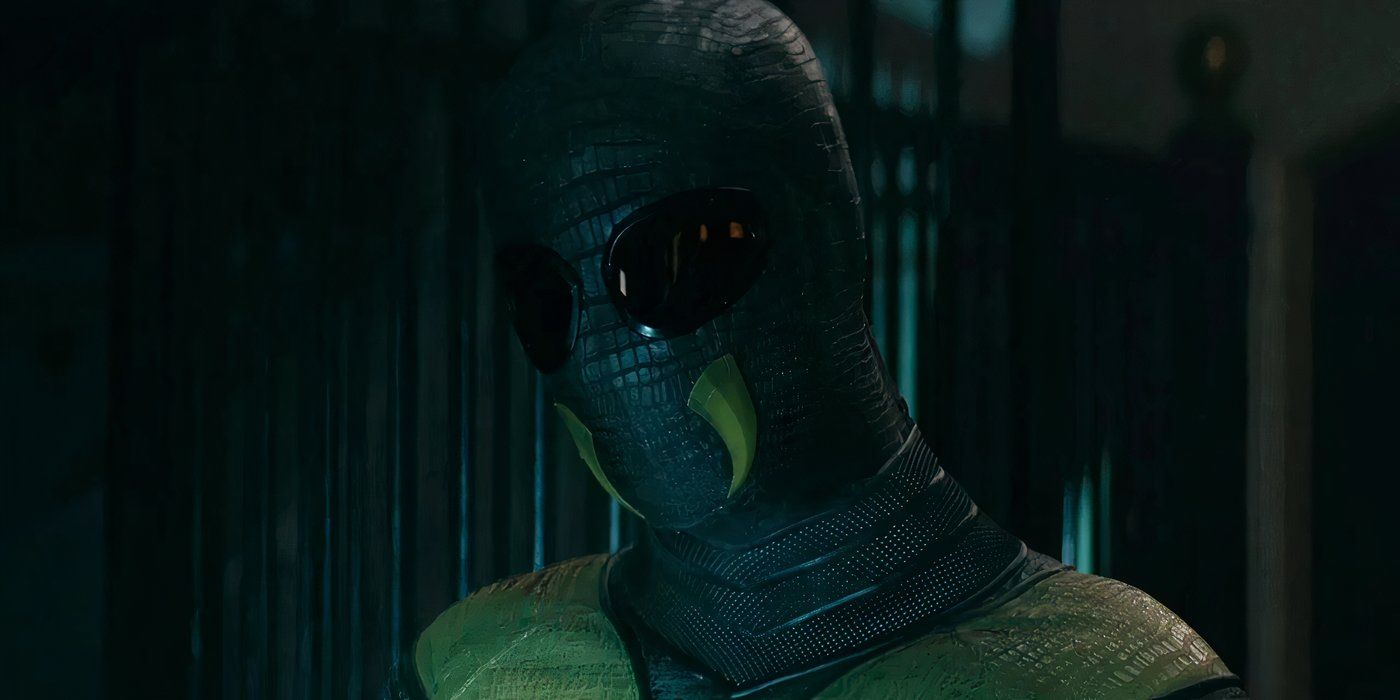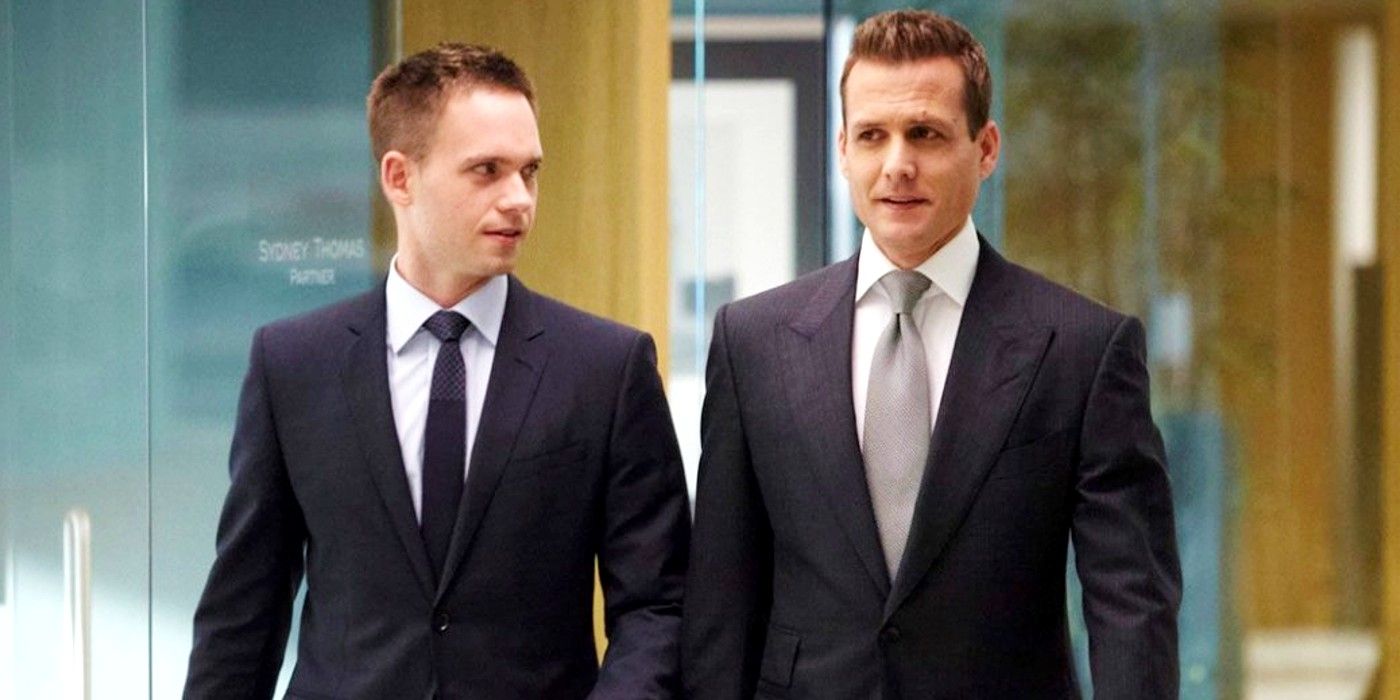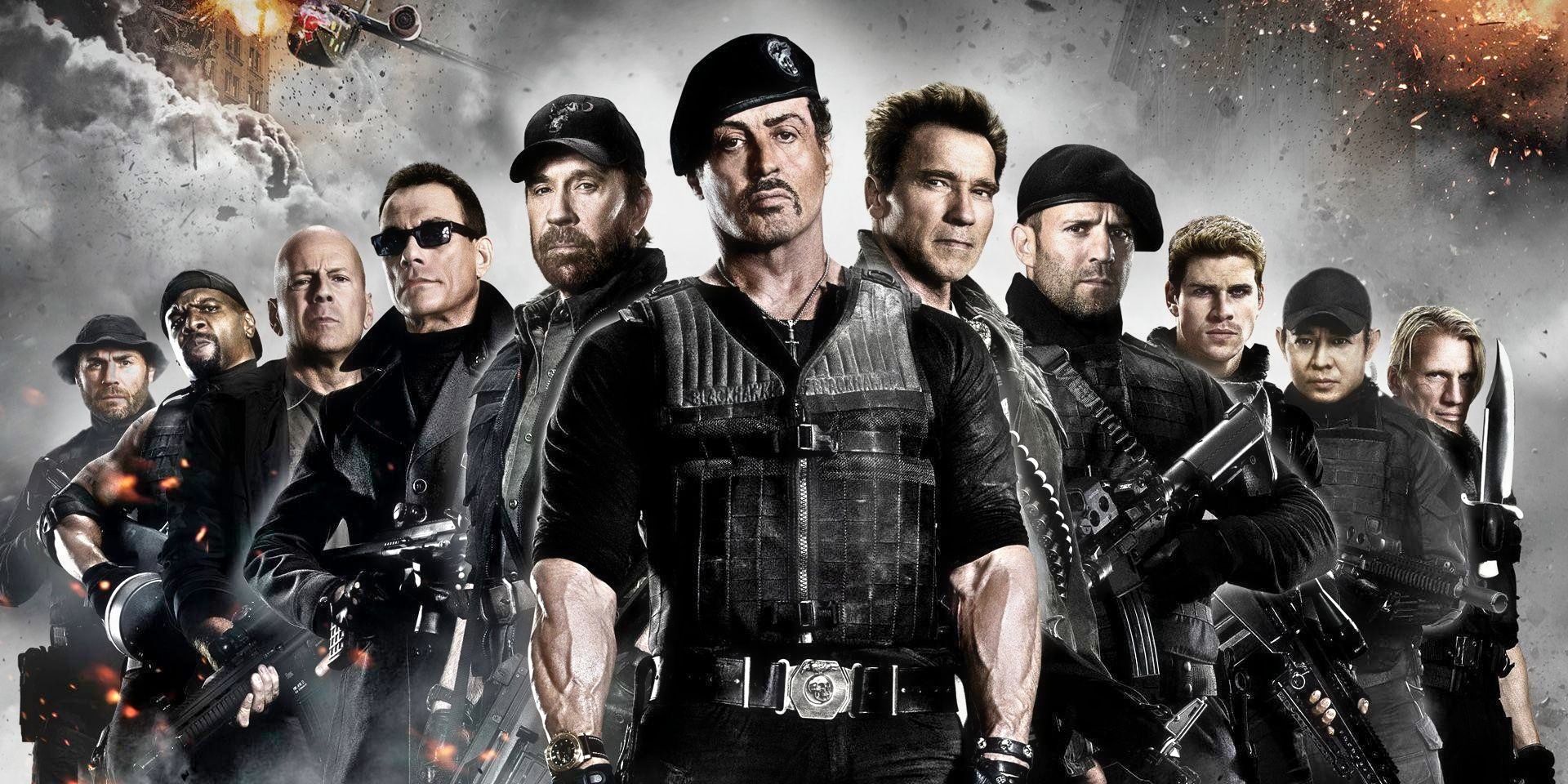Director Leigh Whannell’s tightly-wound horror-thriller The Invisible Man is set to be released on physical home video, and includes additional material, such as multiple deleted scenes which offer a more holistic look at Whannell’s final creation. The added footage may not necessarily offer anything that significantly changes the impact of the theatrical cut, but it’s interesting to look at which moments were ultimately deemed unnecessary for the story in order to gain a stronger sense of the filmmaker’s vision.
The Invisible Man follows Elisabeth Moss’ Cecilia as she is stalked and psychologically tormented by her abusive ex-boyfriend, Adrian, the titular invisible villain. A tense and lean suspense story, the movie also functions as biting social commentary about toxic relationships and the viciousness of gaslighting. Perhaps it’s this tightly executed message that influenced Leigh Whannell to trim parts of the film that failed to neatly complement his overarching theme.
The Invisible Man released on Blu-ray and DVD on May 26th. Besides the deleted scenes, the home release includes a director’s commentary by Leigh Whannell as well as making-of featurettes and interviews with the cast and crew regarding the film’s themes in this updated take on a classic horror villain. The following scenes are listed chronologically in the order they would have appeared, following the events of the film.
Annie
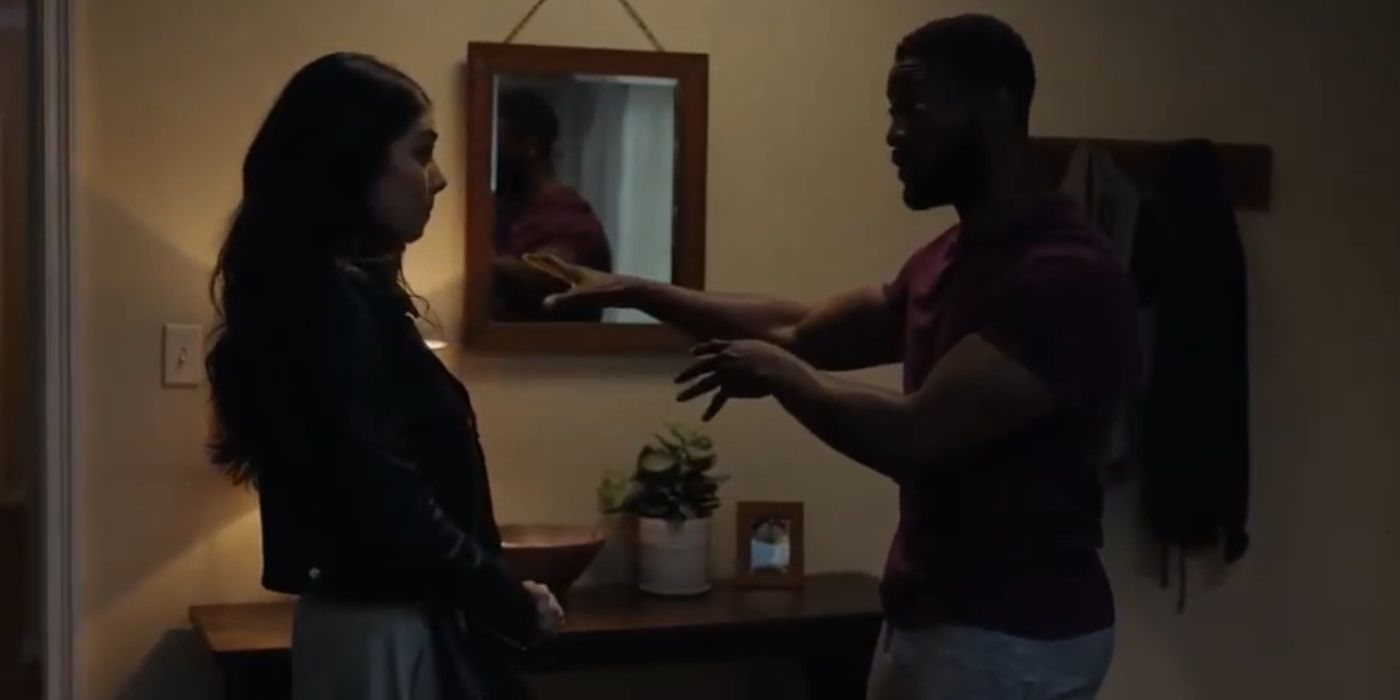
This scene establishes that Aldis Hodge’s James has a love interest named Annie, played by Amali Golden. When she arrives at his house while Cecilia is living there, James awkwardly tries to explain the situation so it doesn’t seem like he’s cheating on her. It’s easy to see why this scene was cut, as Annie doesn’t appear later in the film, and the interaction only exists to explain that James probably doesn’t have romantic feelings for Cecilia. Ultimately, this scene doesn’t matter in the larger context of the story, and takes up time that is better suited to fleshing out Cecilia’s character.
Changing Room Montage!
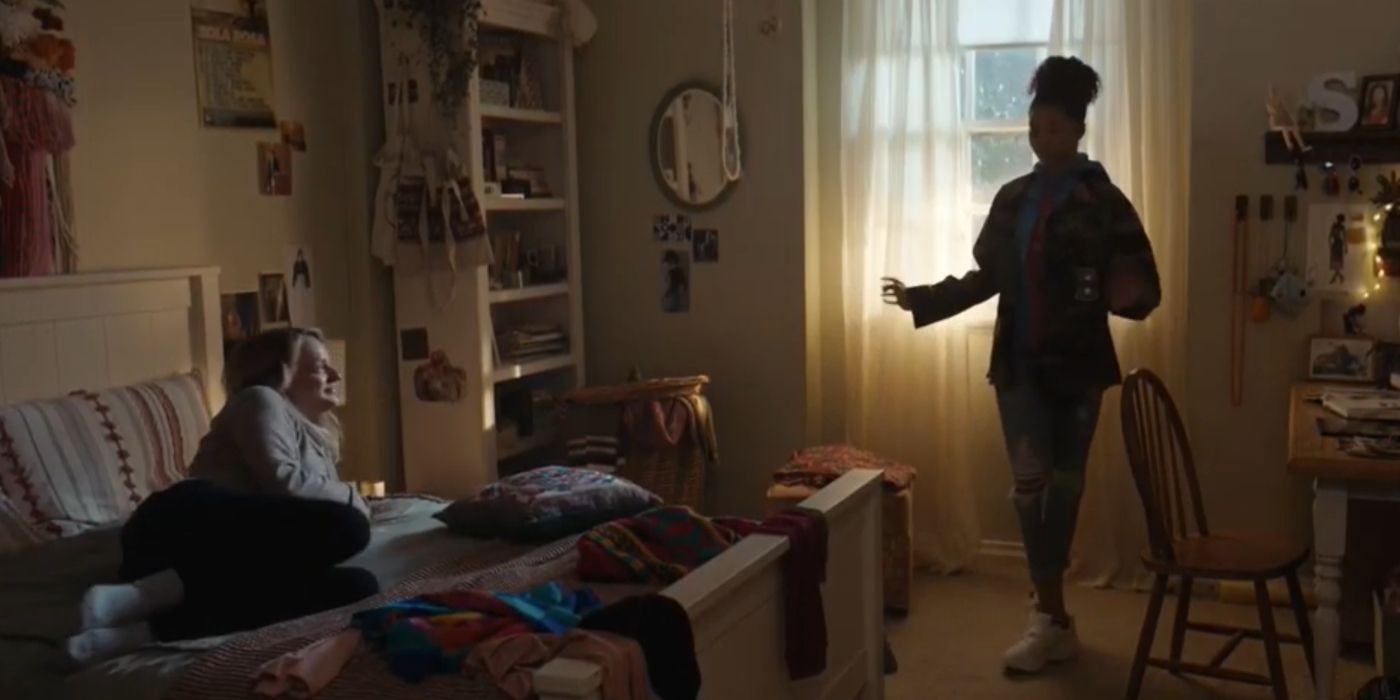
In an intimate moment, Storm Reid’s Sydney shows off her outfit to Cecilia as the two talk about fashion and identity. When Cecilia says that she has to meet up with James, Syndey tries to and succeeds in getting her to stay by arguing that she’s letting a man push her around. It’s a heartwarming character moment, but considering that the film already makes it clear that the two have a friendly relationship and Cecilia actively supports Sydney’s fashion school ambitions, Whannell probably thought it could have been trimmed for time’s sake. The scene also foreshadows Adrian’s literal “pushing around” of Cecilia, but it feels unfair to portray James in the same, albeit much more casual, light.
Blow It Up. Make It Rain. Out to Sea.
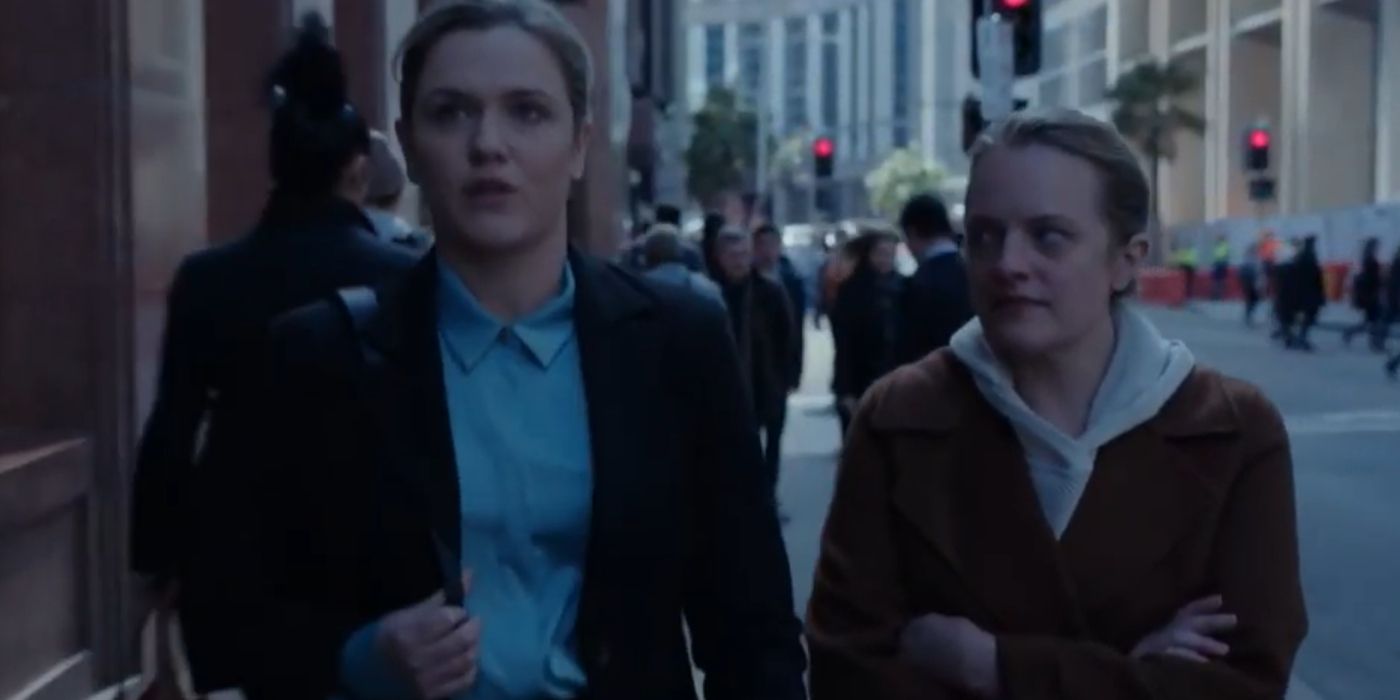
Similarly, this deleted scene also serves as an extra character-bonding moment. It’s a short conversation between Cecilia and her sister Emily, played by Harriet Dyer, before they enter the law firm of Tom Griffin. Emily talks Cecilia down from her nervousness by performing a secret sibling handshake. The two have a tense relationship for most of the film, so perhaps this scene detracts from the plausibility of Emily’s eventual denial of Cecilia’s plights. On the other hand, it also has makes Emily’s shocking and disturbing fate that much more heartbreaking.
Daisies
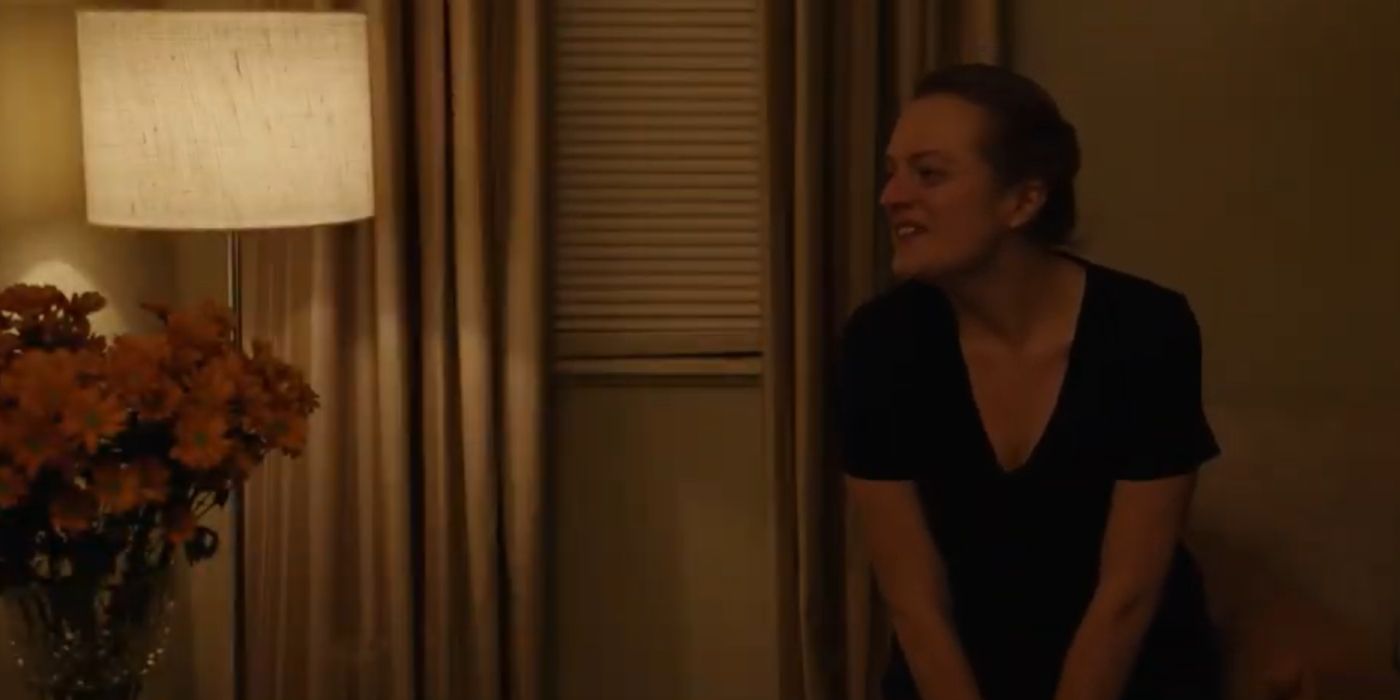
James walks into Cecilia’s room and tenderly compliments the flower decorations. Cecilia explains that her love of daisies is because Adrian was allergic to them. She also brings up her job prospects at the architecture firm that an invisible Adrian ends up sabotaging. The scene is yet another character-bonding moment and again shows how those close to Cecilia support her emotional recovery. The sentiment is nice, but these scenes do clash with the fact that these characters so adamantly disbelieve Cecilia as she becomes tormented later on in the movie. Not to mention that if Adrian is allergic to daisies, his cover would have been blown as soon as he stepped into Cecilia’s room and sneezed.
Where’s My Phone?

The first deleted scene to feature an incident involving the titular Invisible Man is effectively tense, but perhaps Leigh Whannell thought he was revealing too much too early on. As Cecilia nervously gathers the necessary materials for her interview at the architecture firm, an unseen presence removes her phone off the table. It’s a creepy way of showing the subtle ways in which Adrian enjoys maliciously playing with Cecilia, and there’s an unsettling shot that lingers on an empty chair. However, the scene could take away from Cecilia’s surprise when she realizes her documents are missing in the middle of her interview.
Butt Chug
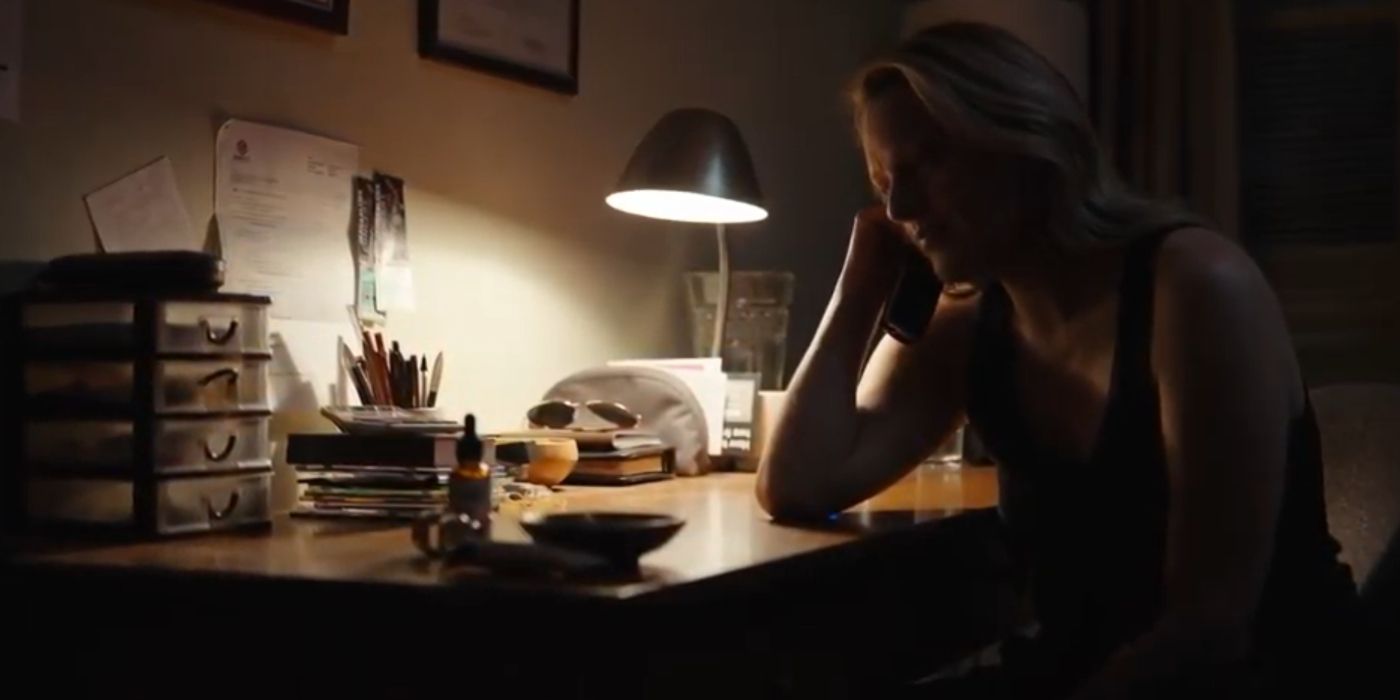
The title for this deleted scene makes this phone call between Cecilia and Emily sound a lot crazier than it actually is. The conversation occurs at the point in the film when Cecilia starts her psychological and emotional breakdown as she tells her sister that she is starting to doubt her own sanity. As a way to help her cope with her anxiety, Emily proposes that they go out drinking together so she can make Cecilia “butt chug a Mai Tai.” Perhaps the line ruins the straight-laced personality of Emily, or perhaps Cecilia’s denial of her mental stability conflicts with her assuredness of Adrian’s existence. In any case, the moment does contain an unsettling shot of an empty hallway, as if Adrian is listening in on the phone call.
Phone Call and There’s Someone Sitting in that Chair

This deleted scene is the most notable as it includes footage that was in the trailer, but absent from the theatrical cut. It shows James answering a phone call from Emily before entering Cecilia’s room, which she claims was previously locked. As Cecilia is frozen with fright and exhaustion, she stares in front of her and claims that “there’s someone sitting in that chair” in front of her, an ominous line that was arguably one of the most memorable parts of the trailer. The phone call portion was probably cut because it doesn’t add anything to the narrative flow, and because James doesn’t question the strange placement of the phone in the middle of the hallway. However, it’s more perplexing to think about why Cecilia’s chilling phrase didn’t make it to the final cut.
I Can Do This
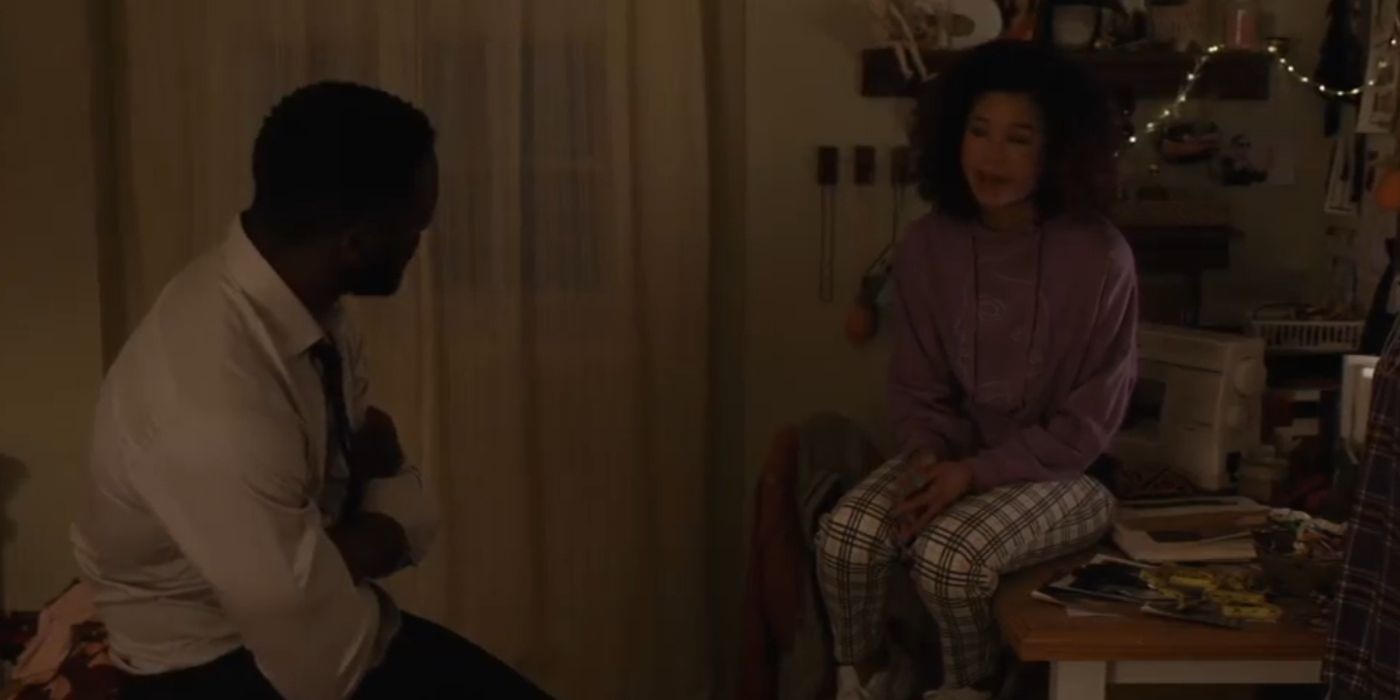
James comforts his daughter Sydney when she thinks her clothes aren’t “high-fashioned” enough. At the end of the sequence, they hear Cecilia crying in her room, and Sydney volunteers to talk to her. This father-daughter bonding moment is sweet, but The Invisible Man is ultimately about Cecilia’s journey, so it’s important to tell the story from her point of view the entire time. This scene is superfluous in the grand scheme of the narrative, though James’ exhausted sigh when he hears Cecilia is a nice way to illustrate how disinclined he is to trust her sanity.
Insanity Defense

Tom Griffin, who helps his brother Adrian commit his invisible crimes, tells Adrian that Cecilia needs psychological treatment while they watch her in an interrogation room. It’s a well-composed scene, with the bodies of Adrian and Tom hidden in shadow while Cecilia sits helpless and scared in the middle. However, the audience doesn’t need additional scenes to point out that everyone Cecilia thought she could trust thinks she’s insane. Besides, Tom doesn’t need to tell James that Cecilia’s insane. The social message is more effective if Cecilia’s allies fully disbelieve her of their own accord rather than having a slimy, villainous figure working behind the scenes to help convince them.
